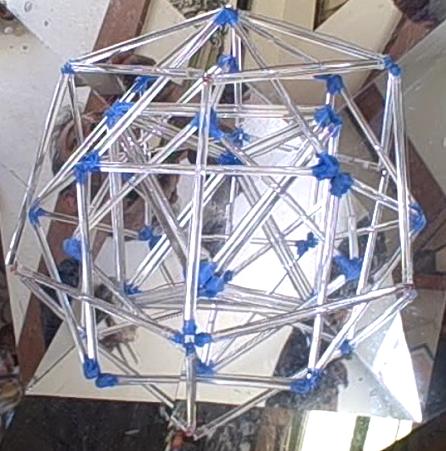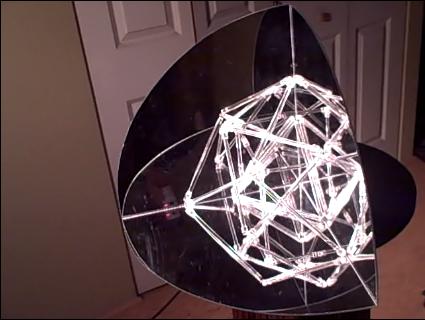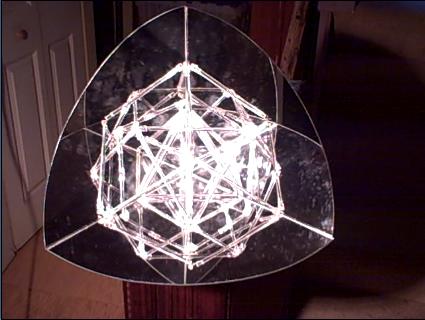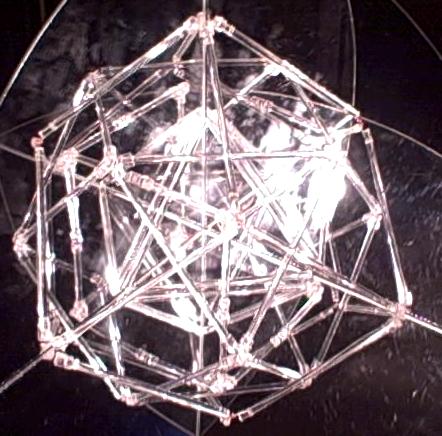One day when I was sixteen I decided that I would learn fifteen digits of pi every day. That afternoon I diligently memorized the first fifteen decimal places of pi. It wasn’t too hard, and I remember thinking that this was a piece of cake. All I would need to do was go through the same ritual every day, until eventually I would … well, I didn’t really have a long term goal, but to my somewhat addled teenage brain learning fifteen digits of pi a day seemed like a worthy idea, one that would eventually lead to untold glory, acclamation from my peers and the admiration of pretty girls everywhere.
Somehow I never made it to the second day. But for years thereafter I could recite those first fifteen decimal places of pi. In a way it was cool – I knew ten decimal places more of pi than the usual 3.14159 – but deep down in my heart of hearts it was something quite different – a moment to the folly of, in Robert Burns’ memorable phrase, “the best laid plans of mice and men”. This abortive monument to adolescent hubris, a string of fifteen digits that I could now rattle off at will, became in its way my short-hand for all of the projects through the years that I had started but never finished. Of which, I am sad to say, there have been many.
In time I came to realize that I am a fifteen digit man – prone to set out on vast and ambitious epic voyages of the mind, which turn out to be day trips. And over time I have learned to operate within this limitation, making a virtue of a vice, by developing a sort of shorthand style of rapid prototyping and experimentation, so that there would always be something interesting to show for even that first day of work. Some of these daily experiments are on my NYU Homepage. And of course this blog is very much in the same spirit.
Recently when my friend Ned was graciously driving me to the San José Airport, it came up in conversation that he knew pi to thirty one decimal places. I confessed to him that I knew only the first fifteen. He challenged me to recite them, which I did without even thinking: 3.141592653589793.
Ned told me he was surprised and impressed. He said that many had told him that they knew multiple digits of pi, but I was the first person who could actually recite them when asked. To me there was nothing surprising about it. Over the years I have come to think of them as old friends, three short groups of familiar strings of digits: 3.14159 followed by 26535 and then 89793. The knowledge has become bittersweet, both my glory and my bane, like the phone numbers written on napkins by beautiful girls who would later turn out to break my heart.
Ned then said: “238462”, giving me the next six digits. In my head I found myself breaking them town into three groups of two, like a phone number: 23 84 62. After a few minutes I had those digits fixed in my mind, and then Ned said “64338”, which I pictured in my head as the two digits 64 followed by the three digits 338. I practiced these for a few minutes more, and then he said “32795”. I pictured this as 32 followed by 795. After about ten minutes we had brought my knowledge out to the same thirty one decimal places that Ned knows.
I’ve practiced reciting them every few days since then, and the other day I checked on the web to make sure I was still getting them right, when I happened to notice that the two next digits are “02”. So now I am up to thirty three decimal places, and I find that I can rattle them all off with ease:
Such a sense of power – more than doubling my mastery of pi in a single day! Maybe this is the start of a new era for me. Perhaps from now on I shall learn fifteen new digits a day, gradually build up my range, eventually reach a thousand, two thousand, and why stop there? This could be the beginning for me of an entirely new way of thinking, a powerful shift from mere sketch artist to master of the long-form opus. Perhaps I will follow this triumph by producing a novel, an opera or two, a string of feature films.
But somehow I doubt it.





